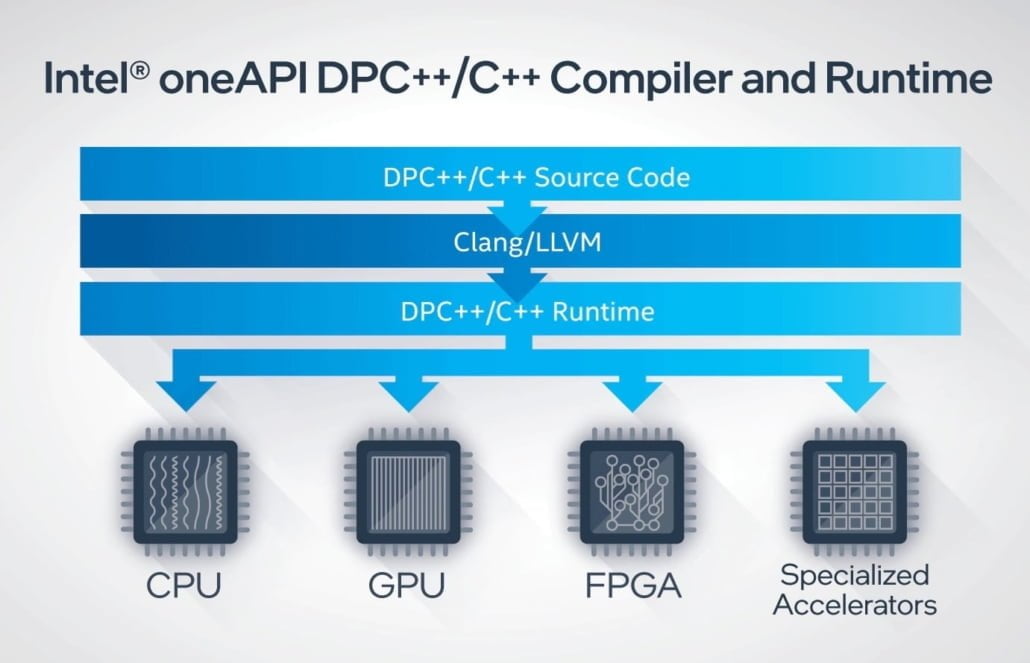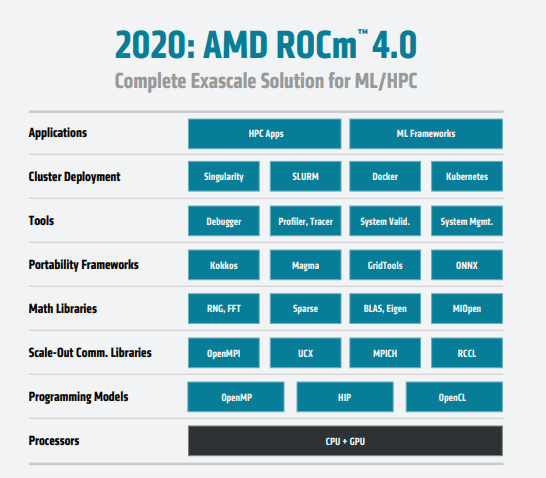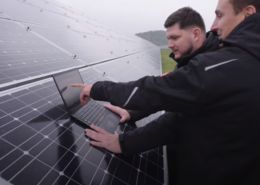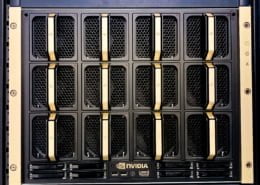Experimental HPC and AI systems at IT4Innovations
10.11.2022
New programming models, libraries and application development tools are also deployed in complementary systems to extract maximum performance from the hardware. Complementary systems will thus provide scientific teams with the opportunity to test and compare experimental architectures with traditional ones (x86 + Nvidia GPUs) and the opportunity to optimize and accelerate computation in new research areas. The Complementary Systems I project, which went into operation in October, consists of several parts. They are based on servers from Hewlett Packard Enterprise and were delivered and implemented by M Computers from Brno.
Compute partition 1 – Arm A64FX processors
The compute nodes of the first part of Complementary Systems I are built on Arm A64FX processors with integrated fast HBM2 memory. It is essentially a fragment of the world’s most powerful supercomputer in recent years, Fukagu, at Japan’s RIKEN Center of Computational Science (currently the second most powerful supercomputer). The configuration consists of eight HPE Apollo 80 compute nodes interconnected by a 100Gb/s Infiniband network. Compute node configuration:
- 1× Arm A64FX, 48 cores, 2 GHz, 32GB HBM2 memory
- 400 GB SSD
- HDR Infiniband 100 Gb/s
























